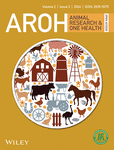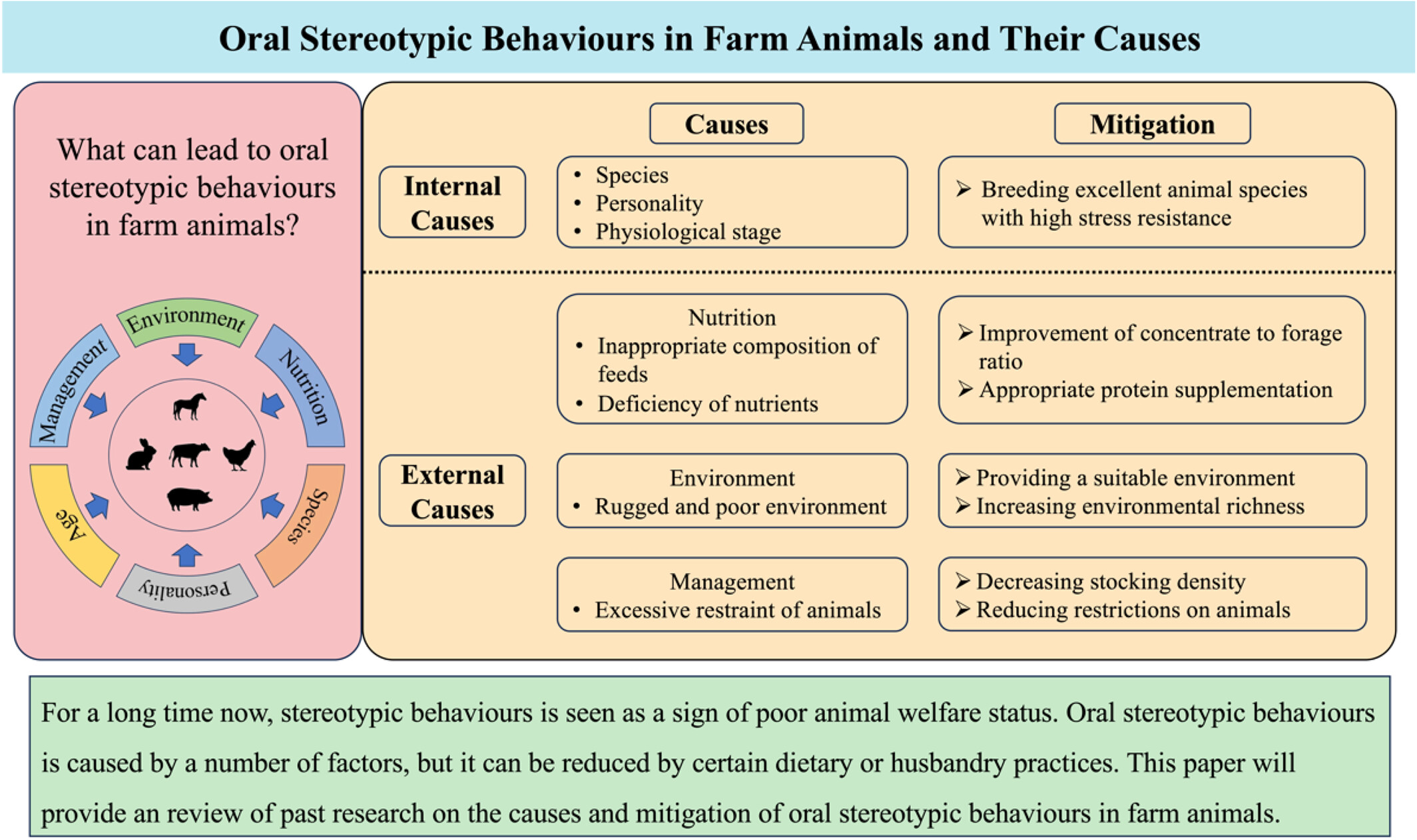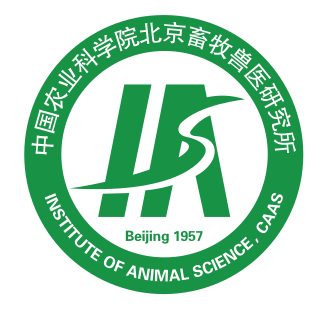Journal list menu
Export Citations
Download PDFs
ISSUE INFORMATION
ARTICLE
Integrating meta-analysis of genome-wide association study with Pig Genotype-Tissue Expression resources uncovers the genetic architecture for age at first farrowing in pigs
- Pages: 238-249
- First Published: 11 May 2024
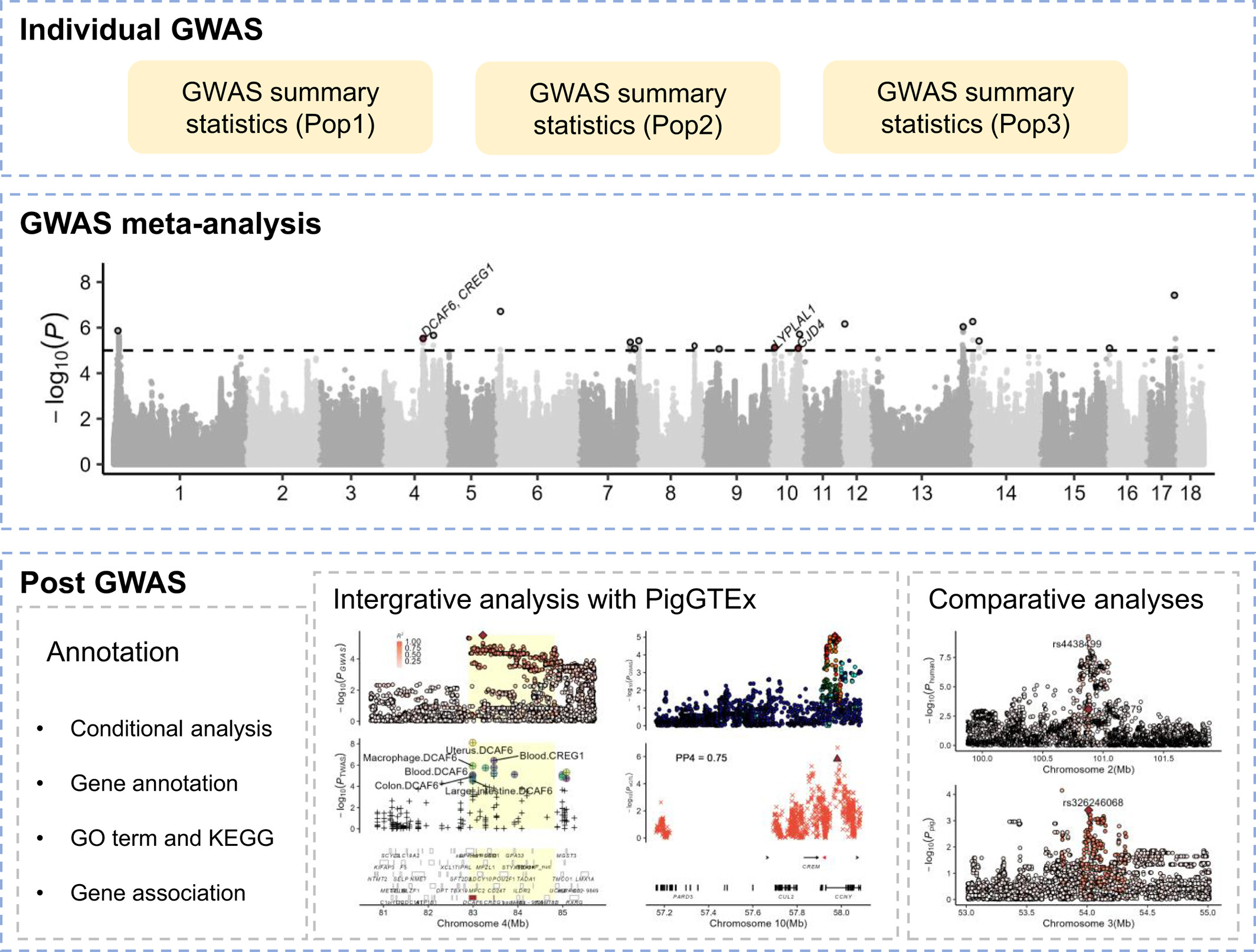
In this study, we first conducted genome-wide association study (GWAS) meta-analysis using three Yorkshire populations, and then integrated the Pig Genotype-Tissue Expression (PigGTEx) resources to interpret their potential regulatory mechanism. Additionally, we compared the age at first birth of human in GWAS summary statistics. In conclusion, integrating multiple population data via GWAS meta-analysis and PigGTEx resources is a promising mean to decipher the genetic architecture of complex traits and provides a comprehensive understanding of complex traits.
miR-429 inhibits palmitic acid-induced apoptosis of porcine subcutaneous preadipocytes by targeting Sox5
- Pages: 250-259
- First Published: 16 April 2024
Integration of multiomics data identifies candidate genes influencing pH levels in Beijing Black pigs
- Pages: 260-272
- First Published: 10 October 2023
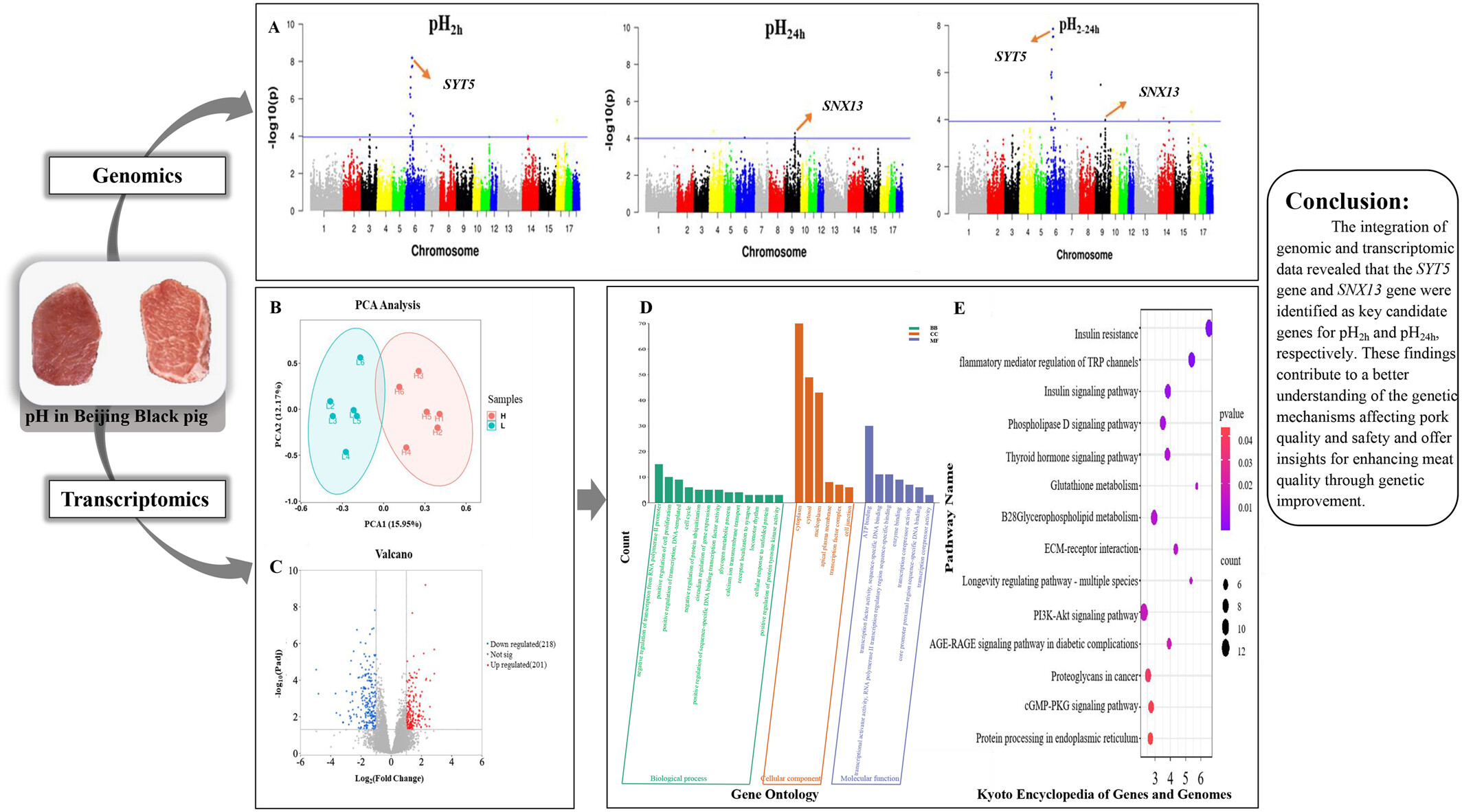
To explore the genetic mechanism of pH values, we measured the pH values at 2 h (pH2h) and 24 h (pH24h) postmortem in the longissimus dorsi muscle of Beijing Black pigs. A total of 614 Beijing Black pigs were genotyped by the Illumina Porcine 50K SNP Chip. We conducted a genome-wide association study and RNA sequencing (RNA-seq) analysis. RNA-seq analysis between the high and low pH groups identified differentially expressed genes. The results showed that the SYT5 gene and the SNX13 gene were identified as key candidate genes for pH2h and pH24h, respectively.
The gene IFIT1 is associated with dietary copper-induced yellow fat disease in sheep
- Pages: 273-284
- First Published: 30 May 2024
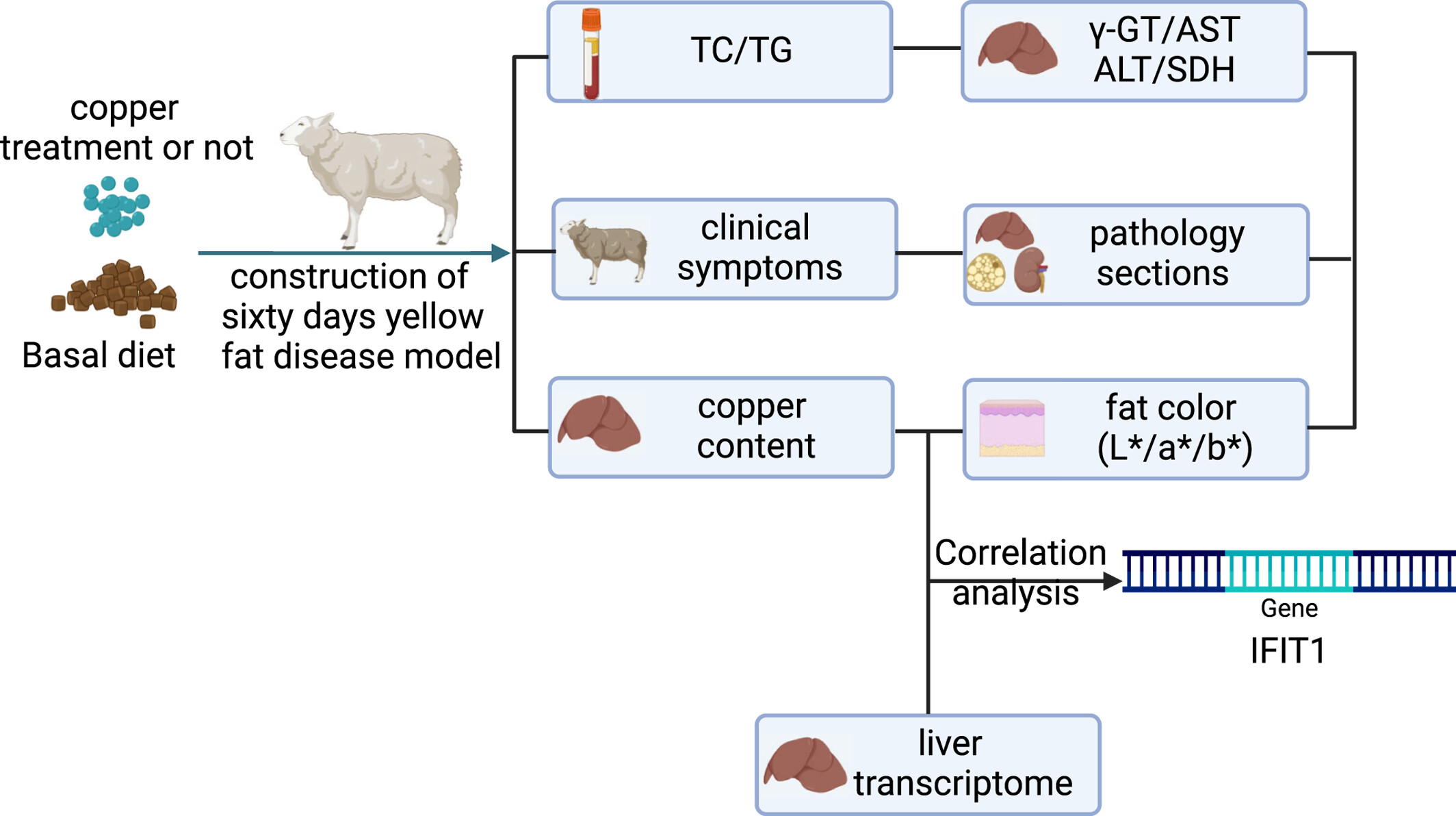
Eighteen healthy sheep were selected and randomly divided into three groups: the 10 ppm copper group, the 50 ppm copper group, and the 100 ppm copper. Addition of 50 ppm copper and 100 ppm copper to the diets did not significantly affect average daily gain, TC, triglyceride, and sorbitol dehydrogenase in sheep but significantly increased the effects on gamma-glutamyltransferase, aspartate aminotransferase, and alanine aminotransferase enzyme activities in the liver and increased the accumulation of copper in the liver. The addition of 50 and 100 ppm copper to the feed caused different levels of pathological damage to the liver, the kidney and fat of the sheep and significantly affected the brightness, redness, and yellowness in the color of the carcass fat of the sheep. Sheep in the 100 ppm copper group showed significant clinical signs of yellow fat disease. Transcriptome analysis of sheep livers screening differential genes associated with yellow fat disease and GO and KEGG analyses associated with yellow fat disease were performed, and further studies found that the occurrence of copper-induced yellow fat disease may be closely related to gene IFIT1.
Free iron accumulation and oxidative stress burden induce ferroptotic atrophy of chicken yolk sac during the late embryogenesis
- Pages: 285-299
- First Published: 08 July 2024
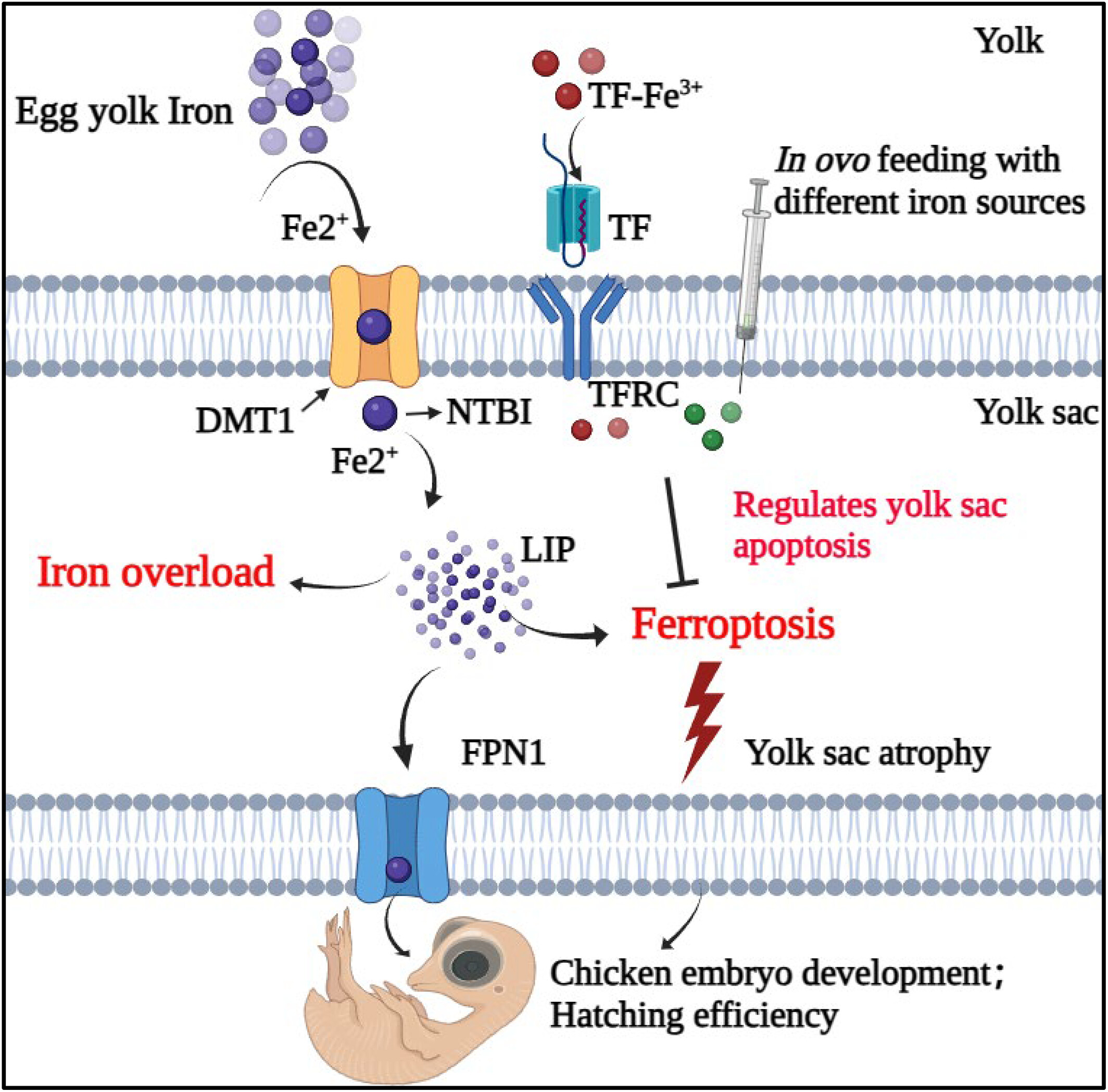
Yolk sac atrophy, which occurs in late embryogenesis, may be attributed to the changes in the way the yolk sac absorbs yolk iron in the chicken embryo. As a large amount of Fe3+ enters the yolk sac through DMT1, it leads to the iron overload in the labile iron pool (LIP) and an increase in non-transferrin-bound iron (NTBI), resulting in the activation of the ferroptosis, which ultimately causes the atrophy of the yolk sac. By in ovo feeding different iron sources, it is possible to regulate the process of yolk sac atrophy and affect the hatching efficiency of chicks.
Heavy metal levels in the dairy production chain in China
- Pages: 300-307
- First Published: 02 October 2023
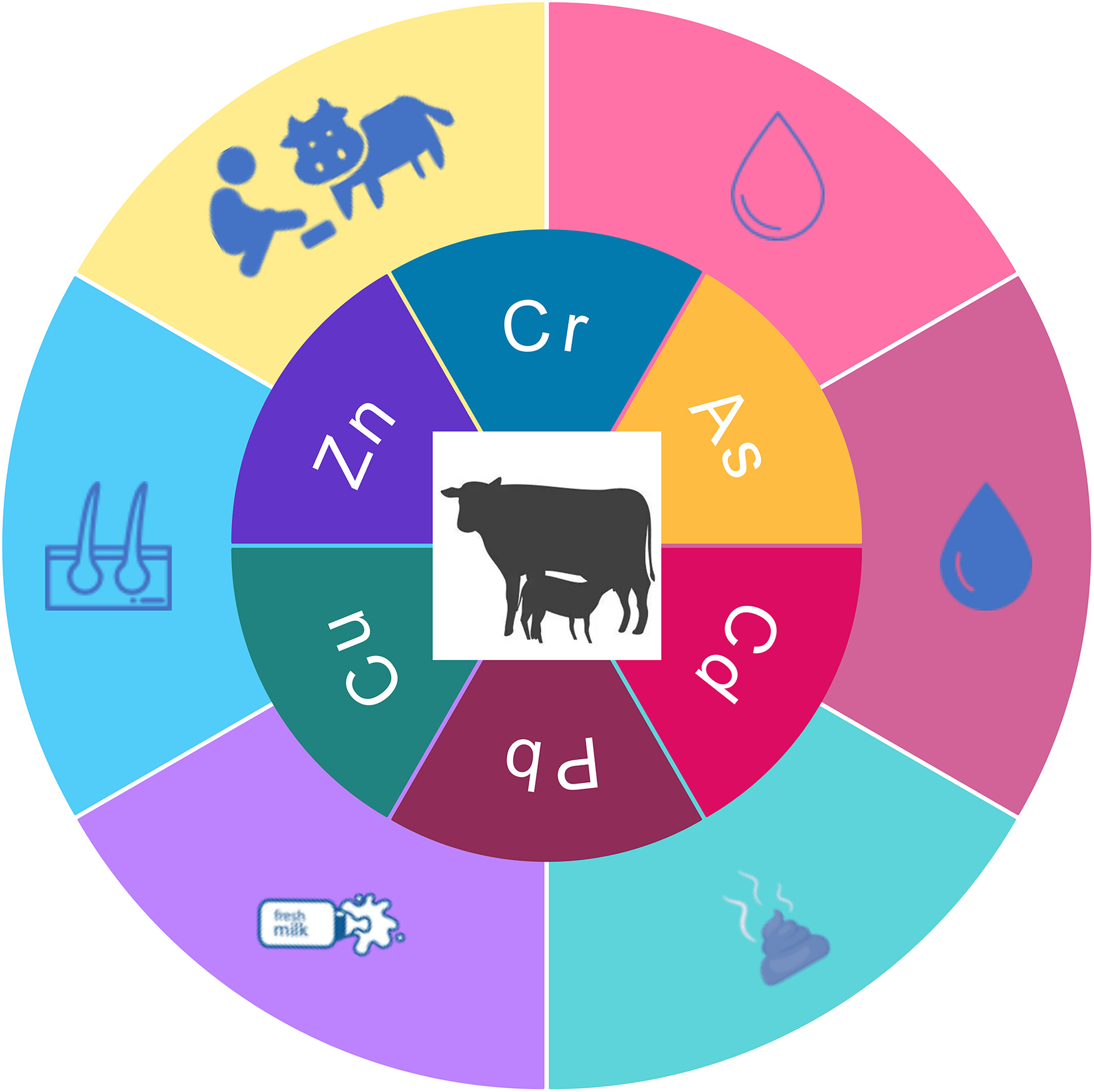
This study was conducted using water, feed, milk, blood, hair, and fecal samples collected from five dairy farms in China. The concentrations of chromium (Cr), arsenic (As), cadmium (Cd), lead (Pb), copper (Cu), and zinc (Zn) in various samples were determined. By combining these results with those obtained from silage feed and tissue samples, it can be inferred that cow hair can serve as a reliable indicator for evaluating heavy metal pollution. This finding offers potential for monitoring and managing the quality of dairy products.
BRIEF REPORT
Sustainable poultry farming in developing nations: Exploring cassava waste utilization for enhanced poultry production and economic viability
- Pages: 308-313
- First Published: 17 February 2024
REVIEW
Roles of sphingosine-1-phosphate in follicle development and oocyte maturation
- Pages: 314-322
- First Published: 27 February 2024
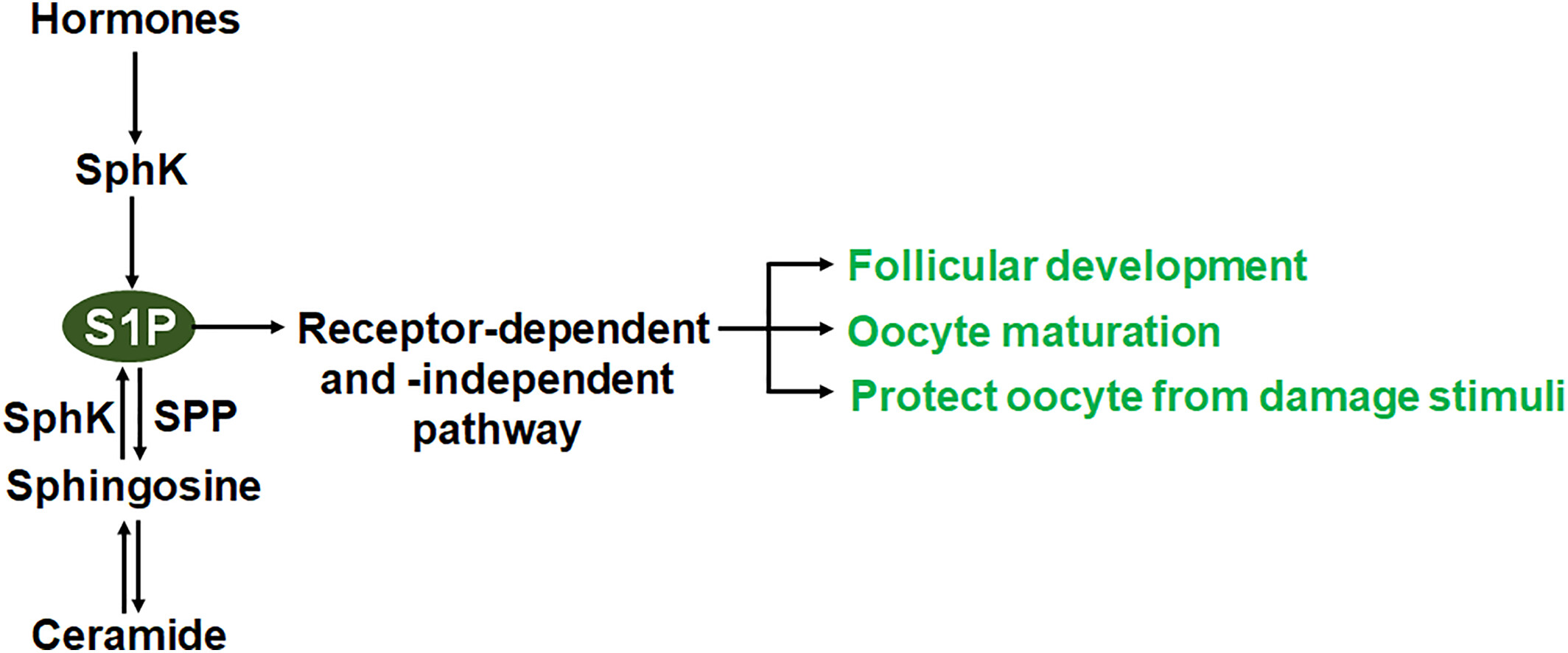
S1P propagates its signals by S1P receptors and non-receptor pathways. In the female reproductive system, the homeostasis of S1P plays an important role in ovarian follicular development and oocyte maturation. In addition, S1P could protect oocyte from damaged stimuli. Thus, S1P might be applied to promote oocyte quality in animals and humans.
Temperature and humidity as drivers for the transmission of zoonotic diseases
- Pages: 323-336
- First Published: 03 August 2024

This review examines how temperature and humidity influence the transmission dynamics of major zoonotic diseases. Many prominent zoonotic pathogens display seasonal patterns linked to climate variability. Increased transmission risks are generally associated with temperatures within suitable ranges, while excessively high or low temperatures have adverse effects. The relationship between humidity and transmission is complex and nonlinear, with humidity facilitating transmission in certain temperature zones but inhibiting it in others. Heavy precipitation and high humidity enable vector proliferation, lead to outbreaks of vector-borne diseases, and yet it can reduce the incidence for some diseases. Future research should prioritize improving data quality, standardizing analytical frameworks, conducting mechanistic studies, adopting interdisciplinary approaches, and projecting climate change impacts to inform evidence-based strategies for enhancing disease prediction and control measures that safeguard public health.
Oral stereotypic behaviors in farm animals and their causes
- Pages: 337-351
- First Published: 20 February 2024




